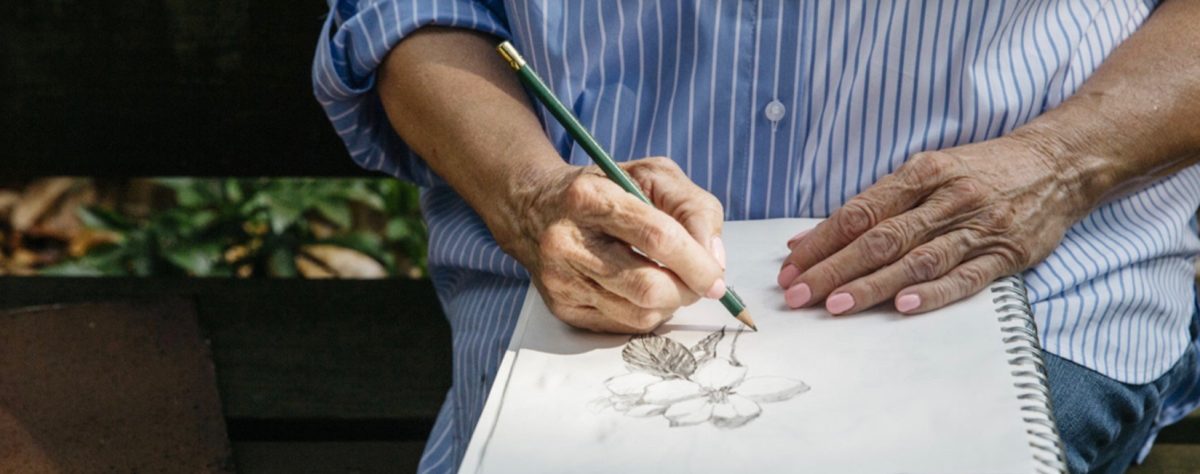“Question what you see.” Rene Magritte
Surrealism followed Dada in the early twentieth century art movements. Where Dada made very little sense to the average viewer, Surrealism created abject confusion. But in the confusion of Surrealism was a kind of understanding. People generally recognized the confusion of dreams. Surrealism gave a name to that confusion. In dream discussions, people could talk with confidence about the “surreal dream” they had last night. Dada made very few inroads into the general population. Surrealism became a household name.
The teachings of Sigmund Freud were slowly gaining in popularity in the time period between World War I and World War II. Analyzing dreams became all the rage. The Paris art scene was home to the new surrealist visual artists and the surrealist poets. Spanish artist, Salvador Dali and Belgian artist Rene Magritte, led the surrealist artists early on and are likely the best known to this day, of the Surrealist Artists. Perhaps the movie industry is responsible for the continued popularity of the Surrealists.
Alfred Hitchcock brought the work of Dali into film and thus into the minds of the general population. The Hitchcock film, Spellbound with Gregory Peck featured a dreamscape sequence designed by Dali. Hitchcock, always on top of popular culture, created a masterpiece based on the trend of dream analysis. Hitchcock’s later film, Veritgo, featured surreal sequences, as well, though not designed by Dali. Veritgo recently surpassed Citizen Kane as the most popular film of all time. (My favorite is still The Birds).
Magritte’s work was less about dreams and more about questioning ways of looking at things. His painting, The Son of Man, owes a more recent surge in popularity to the remake of The Thomas Crown Affair. Pierce Brosnan and his co-conspirators, dressed as The Son of Man, escape undetected with stolen artwork. Men in bowler hats appear everywhere creating confusion with a bit of whimsy. Flashmobs in the bowler hats have also been trendy, as of late, inspired by the scene in the movie.
Without these movies to highlight the Surrealists, would their work have faded into history in the same way the Dada Movement did? Both movements were difficult to understand by the average person. Dada was just plain madness. Surrealism had the madness of dreams to grasp onto. Movies made the Surrealists’ madness comprehensible. And in the case of Magritte, the madness was light and whimsical, but madness all the same.
For more on the Surrealists:
New York’s Museum of Modern Art has a new exhibit of Rene Magritte’s work. The exhibit is titled, “The Mystery of the Ordinary.” CBS Sunday Morning featured the exhibit’s curator, Anne Umland talking about the exhibit here. The Huffington Post has a feature article on Dali’s dream sequence in Spellbound here.



